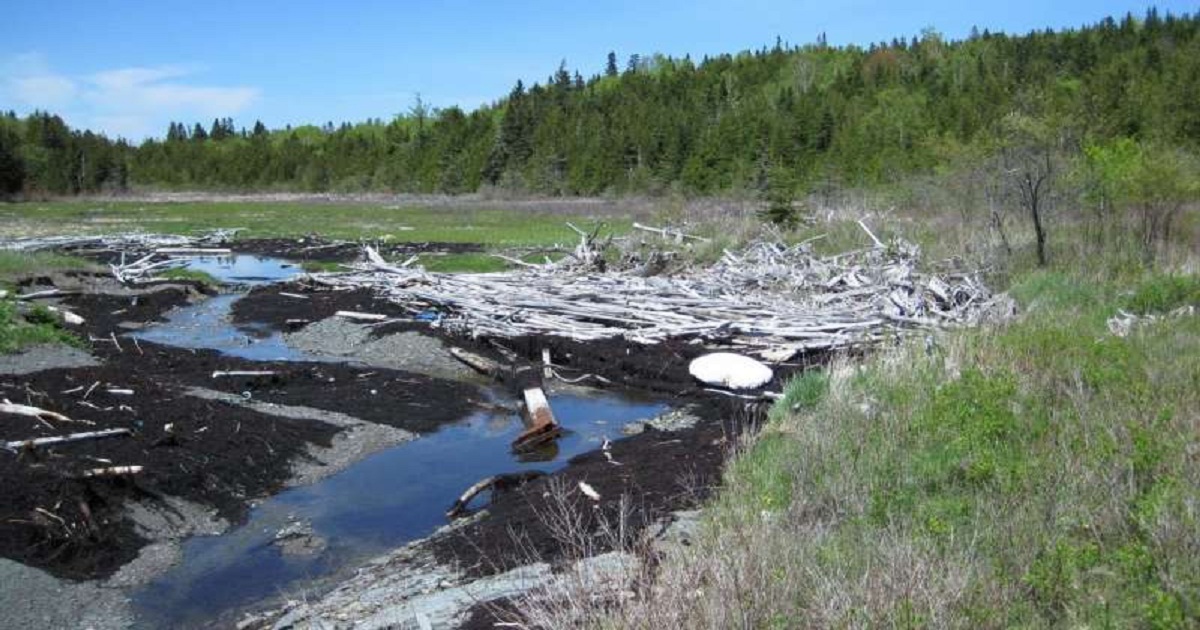Life in marine driftwood: The case of driftwood specialist talitrids

Driftwood in the sea - either floating or stranded on beaches - is a common feature particularly in temperate regions. Large quantities of driftwood, termed driftwood depositories, may collect at the mouth of small streams associated with marshes and have been present for some 120 millennia - since the origin of flowering plants. Once marine driftwood begins to decay, it undergoes a specific succession. Firstly, it is colonized by salt tolerant, wood degrading fungi and bacteria, along with a few invertebrates able to digest wood by producing native wood degrading enzymes. The latter include gribbles (isopods) and chelurid amphipods.Driftwood hoppers (talitrids), as well as isopods, chilopods, insect larvae, some ants and termites, comprize the secondary colonizers. They are all characterized by their inability to utilize driftwood directly. Instead, they rely on symbiotic microflora for digestive purposes.